Xinghua Temple, Xuzhou – Ticket, Opening Hours, Location, and Highlights

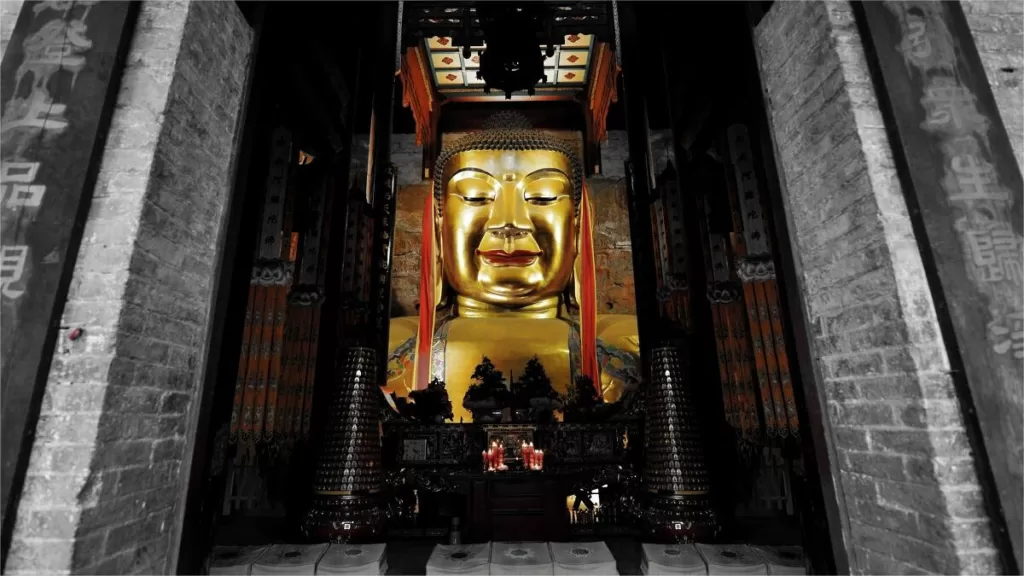
Xinghua Temple (兴化禅寺) stands as a revered ancient Buddhist temple in northern Jiangsu, situated in the southern part of Xuzhou City, Jiangsu Province, covering an area of approximately 7,000 square meters. Its origins trace back nearly a millennium, stemming from the construction of the Northern Wei Dynasty’s Great Stone Buddha.
In 1390, the Zen master Miyun from Tiantong Temple in Ningbo, Zhejiang Province, passed by Yunlong Mountain. Enchanted by the mountain’s beauty and recognizing its auspicious Feng Shui qualities, he appointed his disciple, Gu’an, to propagate Buddhism at this site. Gu’an became the first abbot of Xinghua Temple, initiating its legacy. Over time, the temple underwent multiple renovations due to wars and reconstruction efforts, evolving into its present layout comprising six main courtyards: the Grand Hall, Great Buddha Hall, Hall of Heavenly Kings, Hall of Three Saints, Scripture Repository, Ancestral Hall, Dharma Hall, Abbot’s Chamber, Guest Hall, Dining Hall, Storehouse, and Monastic Quarters.
The centerpiece of Xinghua Temple is the colossal stone Buddha of Amitabha, initially carved during the Northern Wei Dynasty’s Zhengping era (450 CE), boasting a history spanning over 1,500 years. Carved directly into the mountainside, the stone Buddha stands approximately 11.52 meters tall, initially composing merely an exposed Buddha head. In the Ming Dynasty, a hall was constructed to shelter and protect the large stone Buddha from the wind and rain. During the Kangxi era of the Qing Dynasty, the Buddha’s arms and chest were extended.
Apart from the Buddha Statue, preserved within the temple’s grounds are Ming Dynasty structures including the Bell and Drum Tower, Ancestral Hall, Scripture Repository, and a colossal iron bell weighing around three tons.
During the construction of the Mahavira Hall in June 1993, an excavation unearthed Buddhist cliff carvings from the Tang and Song Dynasties buried underground. Seven sets totaling 195 sculptures were discovered and preserved in a dedicated room for visitors to admire. On top of the cliff carving protection room stands the newly constructed Mahavira Hall, adorned with soaring eaves, intricate carvings, and vibrant colors. Inside the hall, a triad of Buddhas resides: Bhaisajyaguru to the left, Amitabha to the right, and the Buddha Shakyamuni in the center, exuding solemnity and compassion.
Basic Information
| Estimated Length of Tour | 0.5 – 1 hour |
| Ticket Price | Free |
| Opening Hours | 8.00 – 16.30 |
| Telephone Number | 0086-0516-83843006 |
Location and Transportation
Xinghua Temple is situated at the eastern foothills of Yunlong Mountain, a renowned scenic area in the southern part of Xuzhou City, Jiangsu Province, China. The precise address is 32 Yundong First Street, Quanshan District. To get there, you can choose one of the following ways:
Bus: take bus 35, get off at Yunlong Mountain East Stop (云龙山东站), and walk about 350 meters to the south to reach the temple.
Metro: The closest metro station to the Xinghua Temple is Normal University Yunlong Campus (师大云龙校区). After getting out of the station from Exit 1, walk about 700 meters to the southwest to reach the temple.
Vlog about Xinghua Temple
Attractions near Xinghua Temple
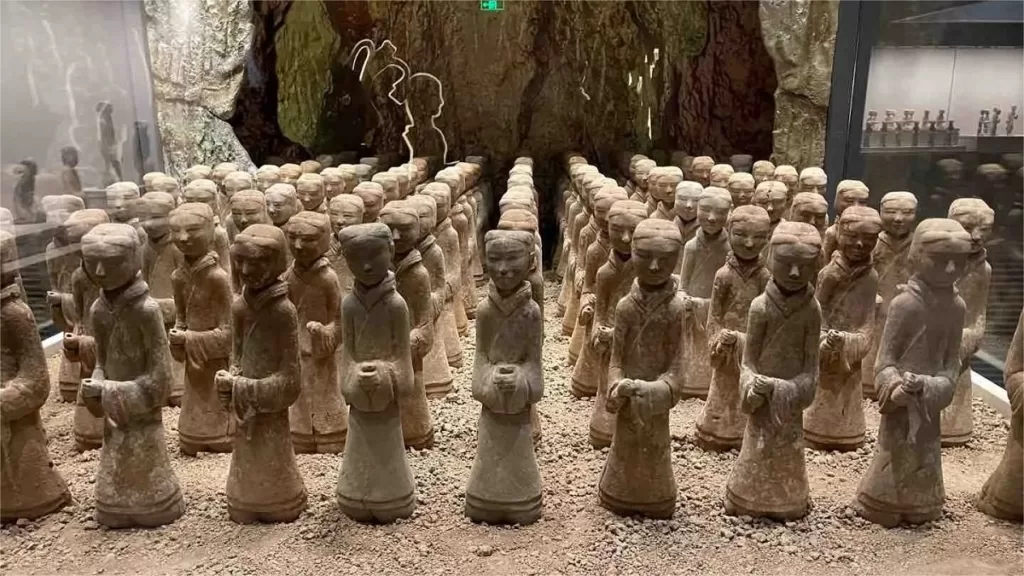
Xuzhou Museum
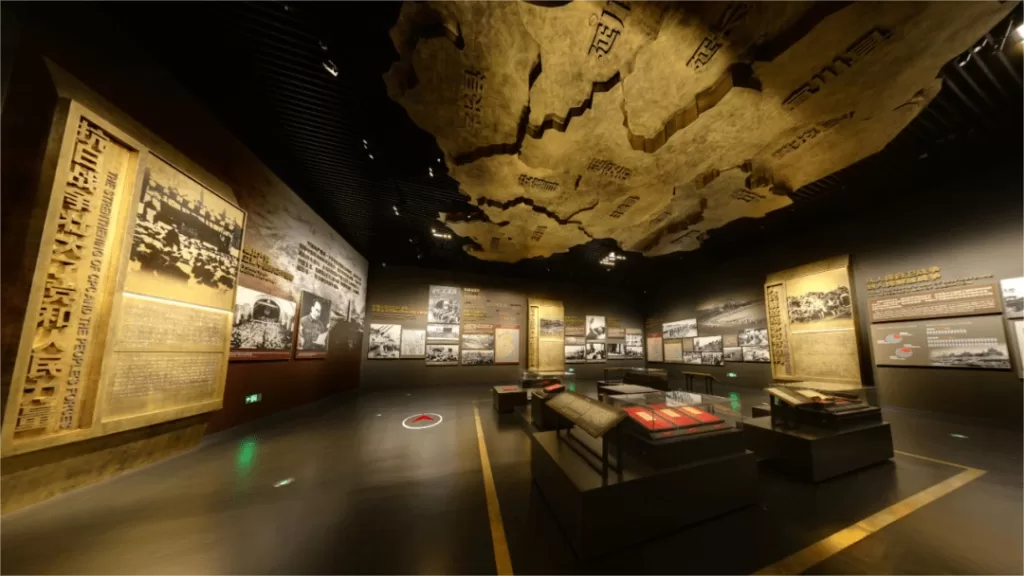
Huaihai Battle Memorial Hall
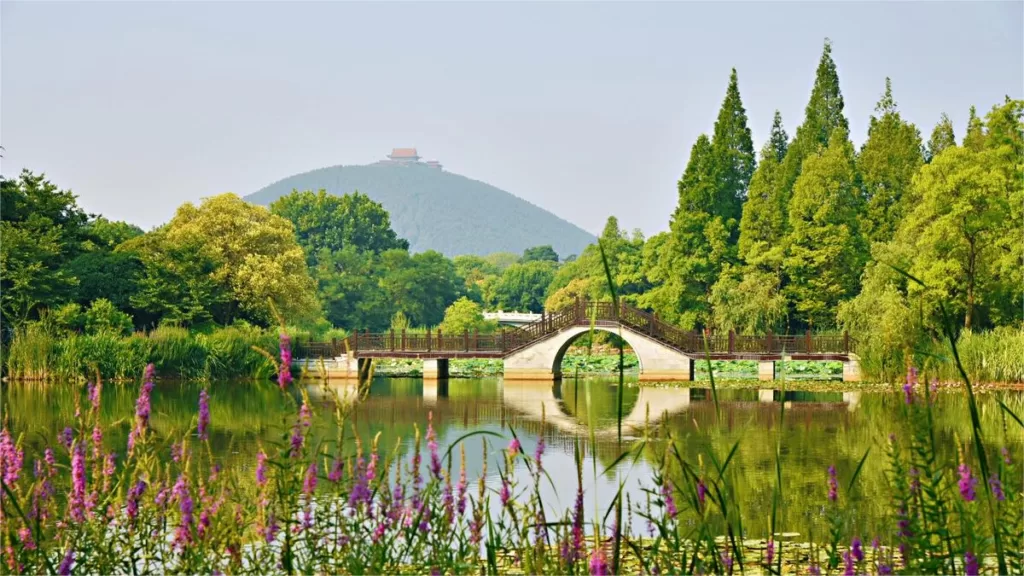
Pengzu Garden Xuzhou
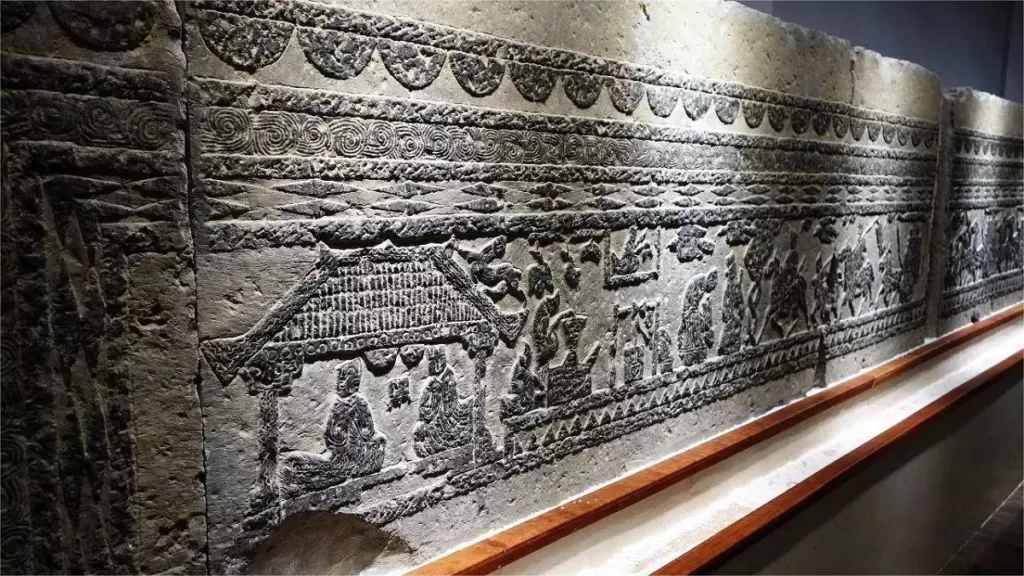
Xuzhou Art Museum of Han Stone Carvings
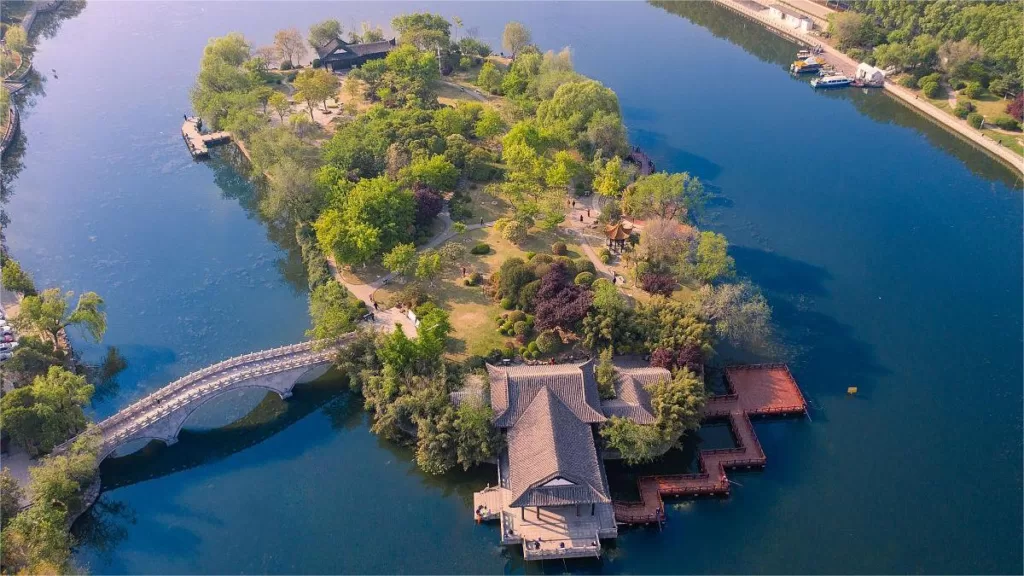
Yunlong Park

Yunlong Lake
Jiangsu historical sites, Xuzhou attractions